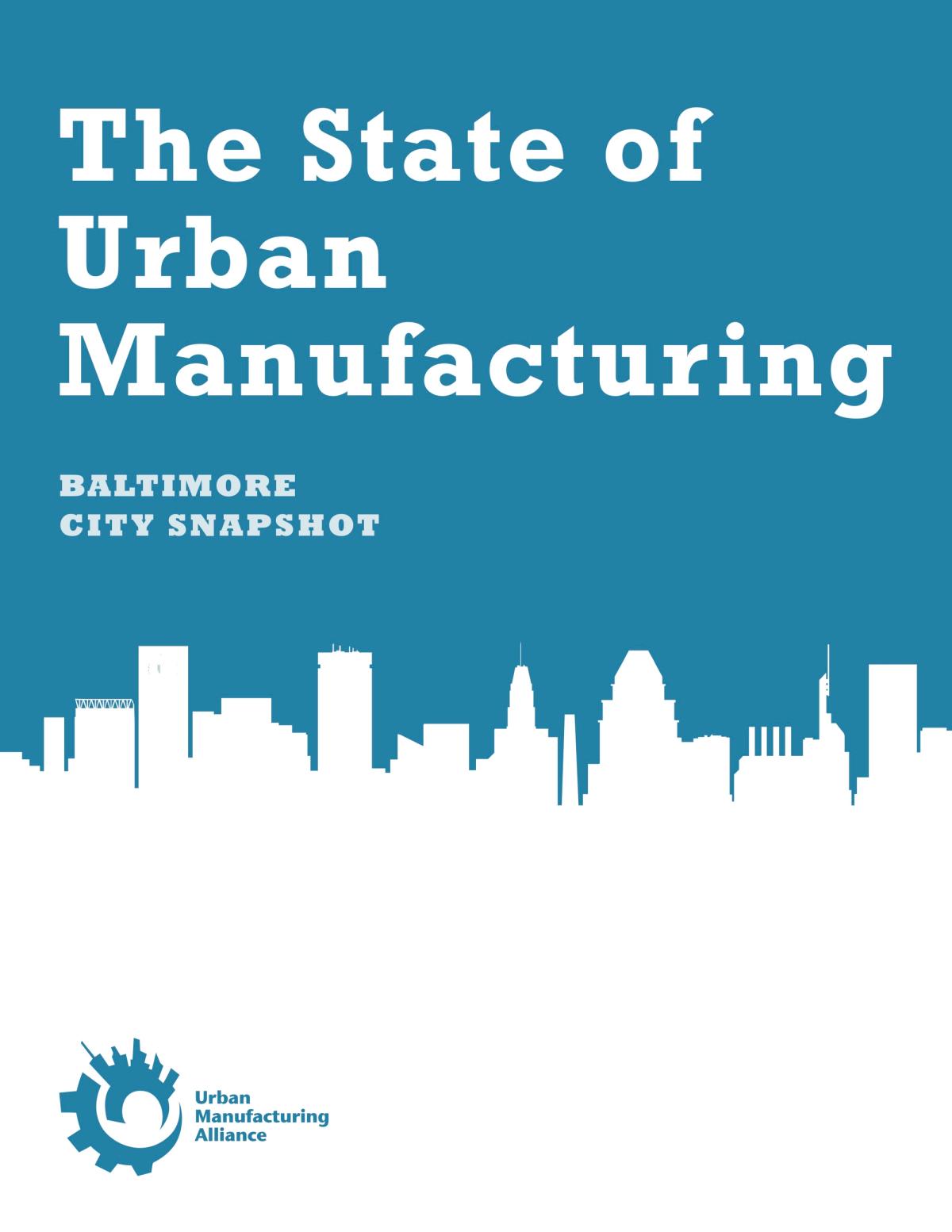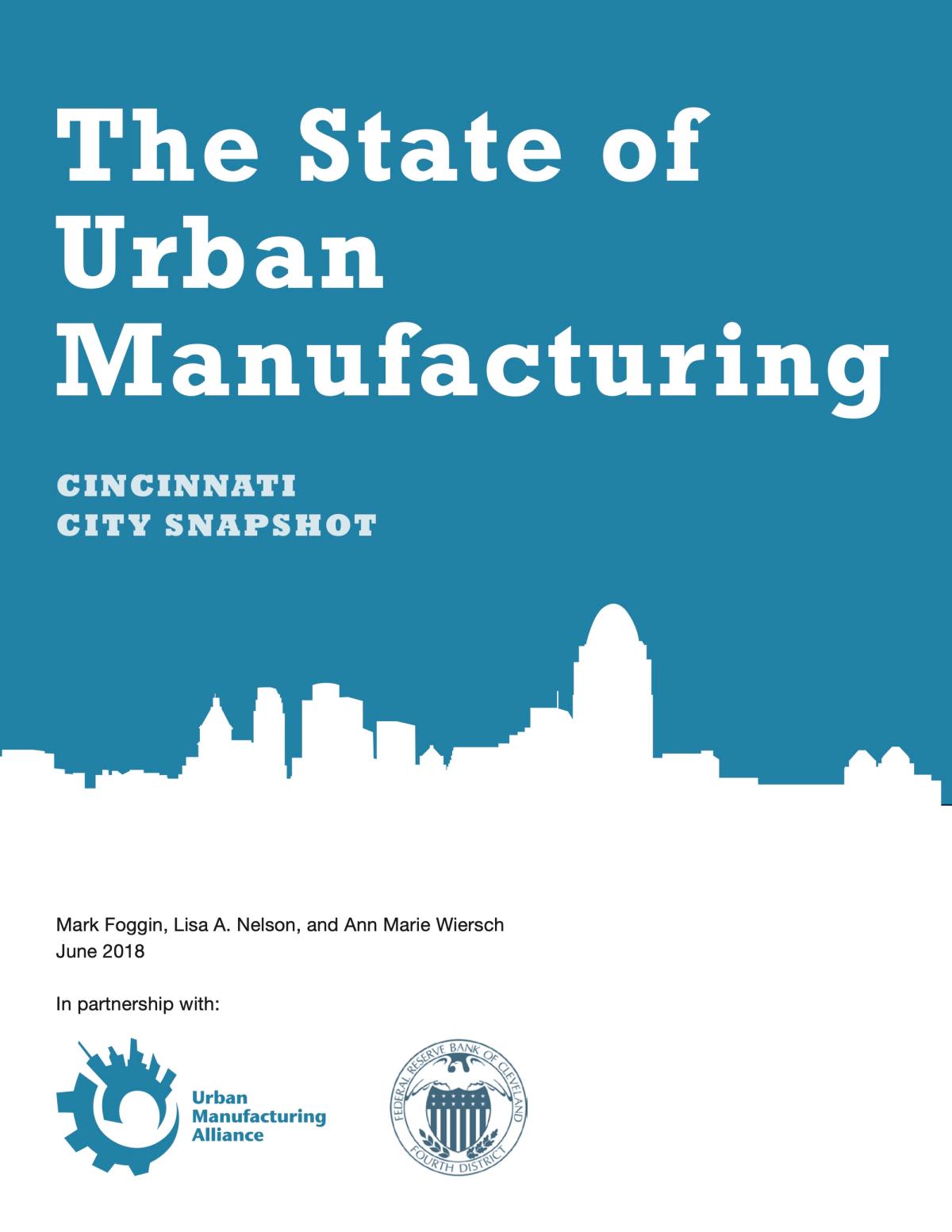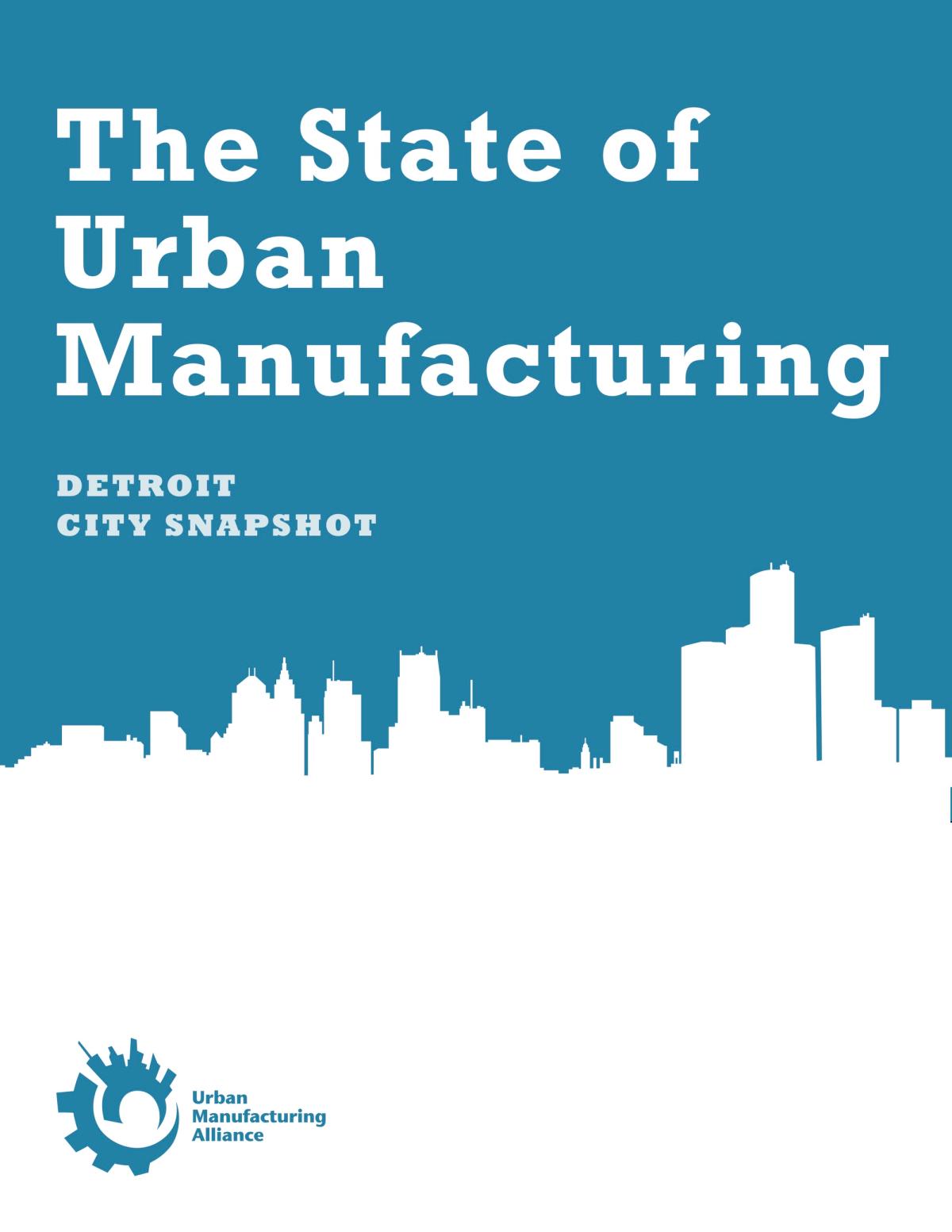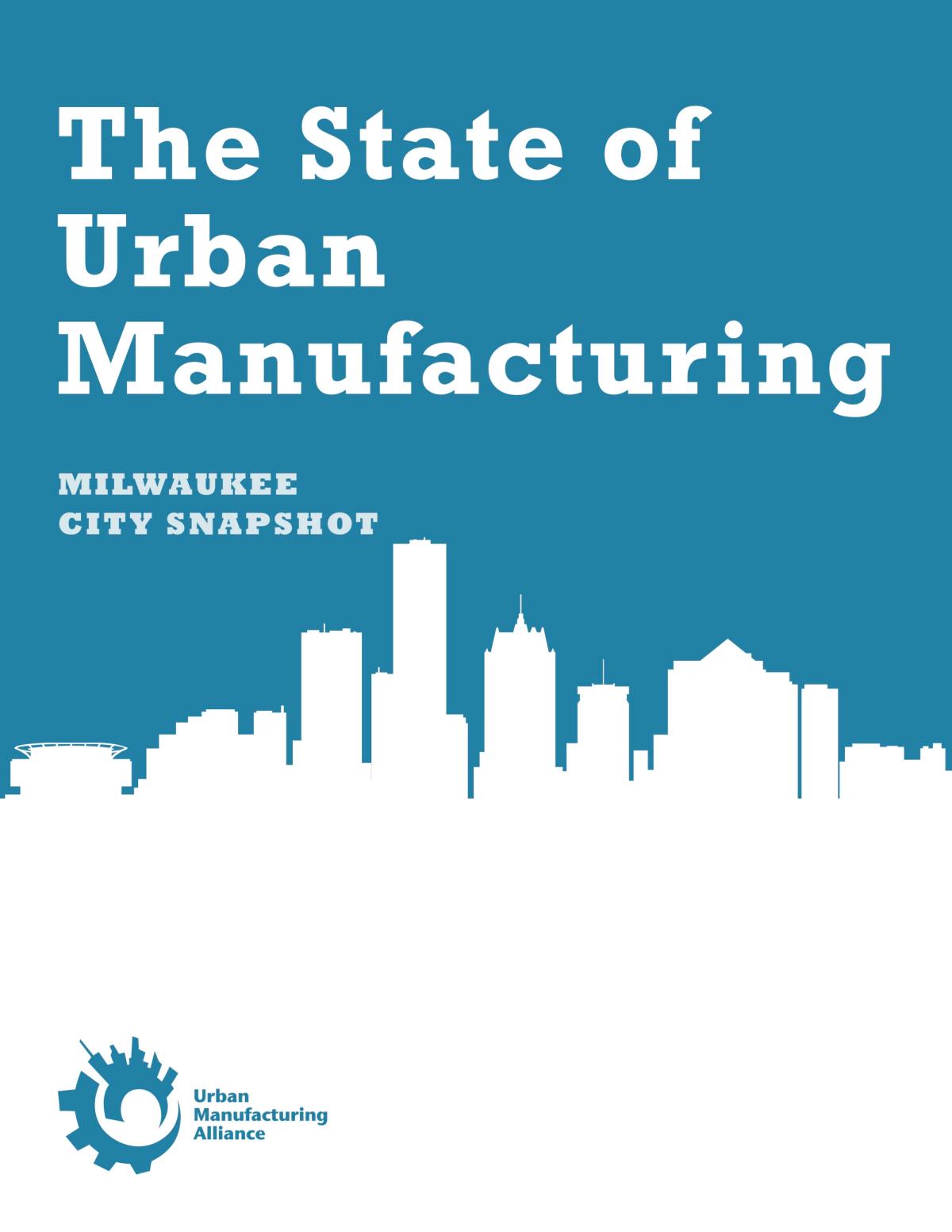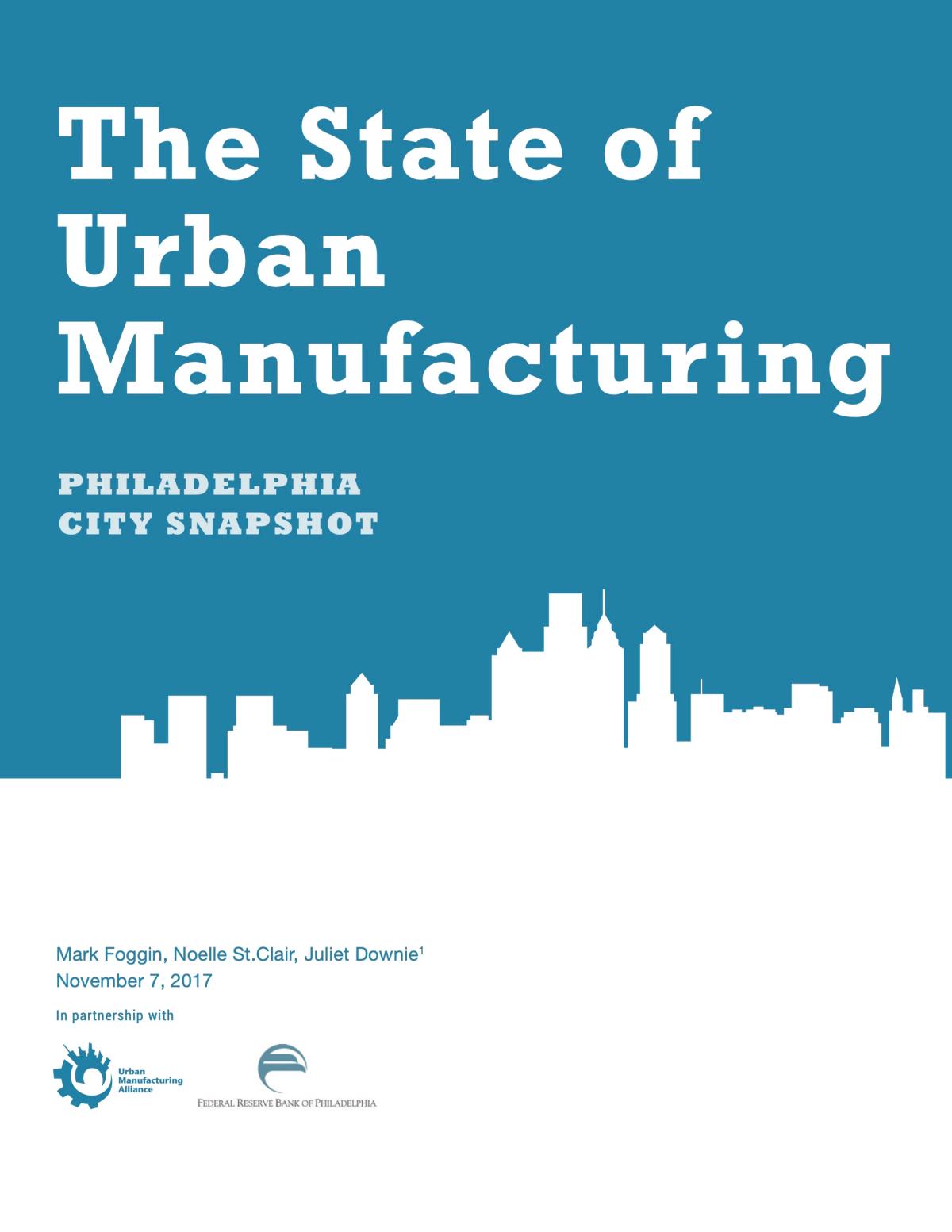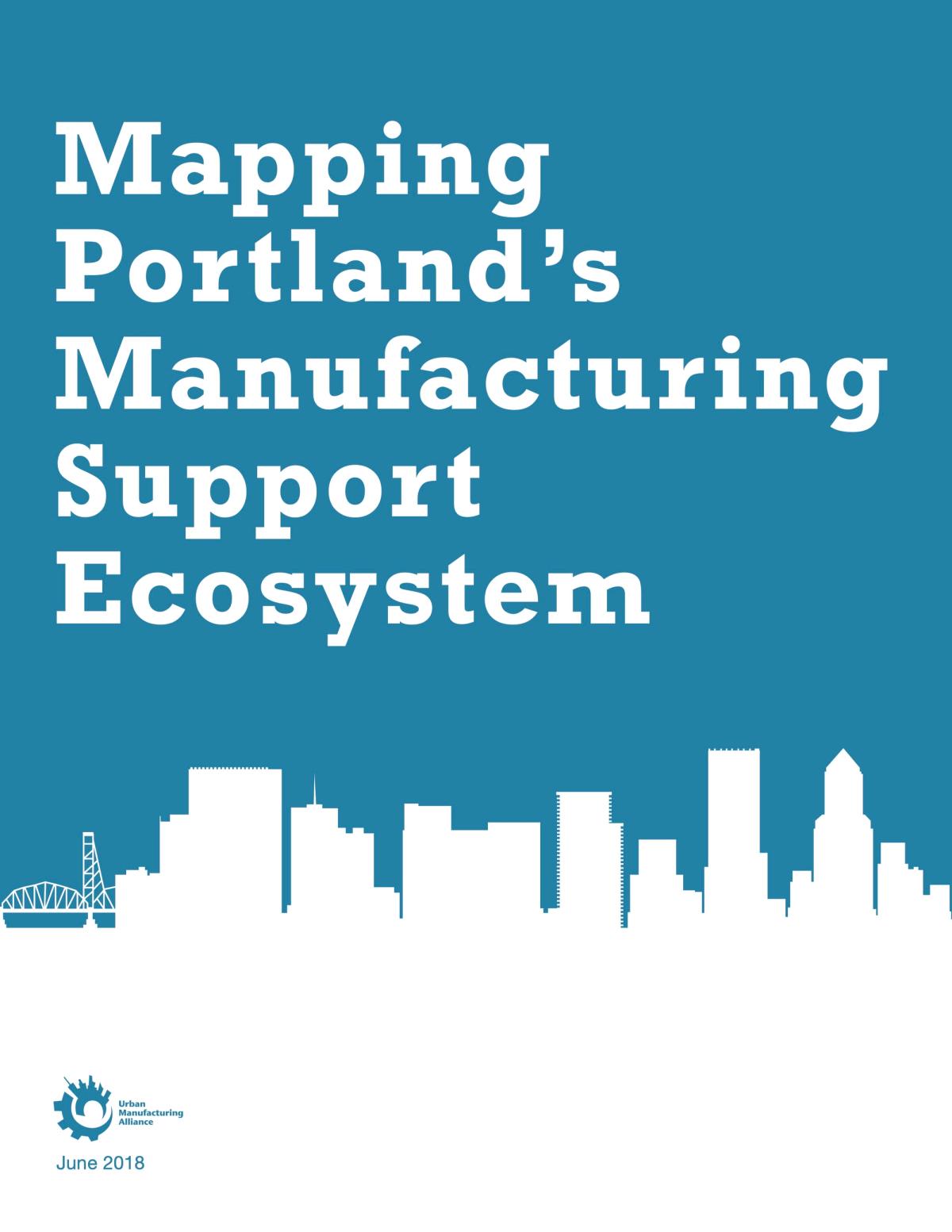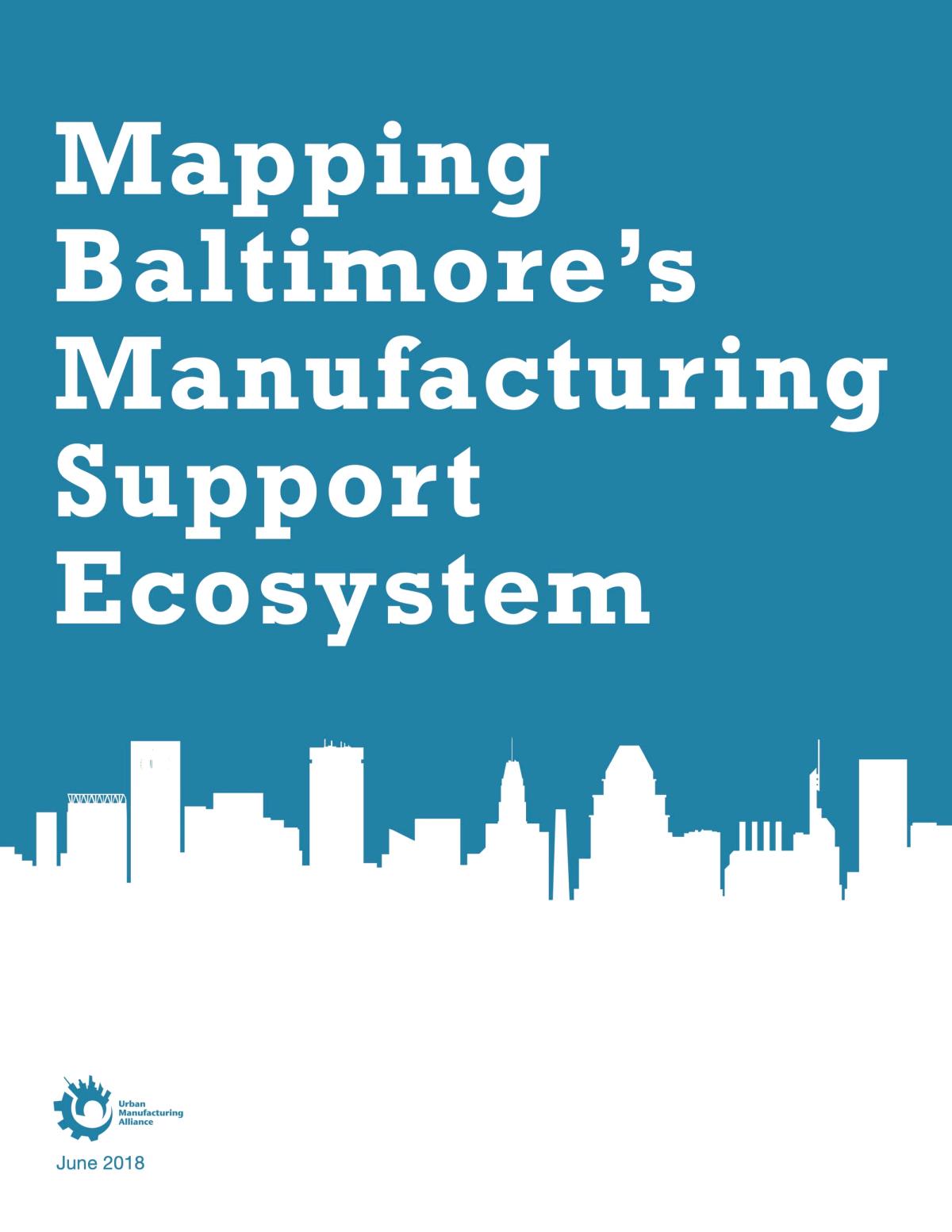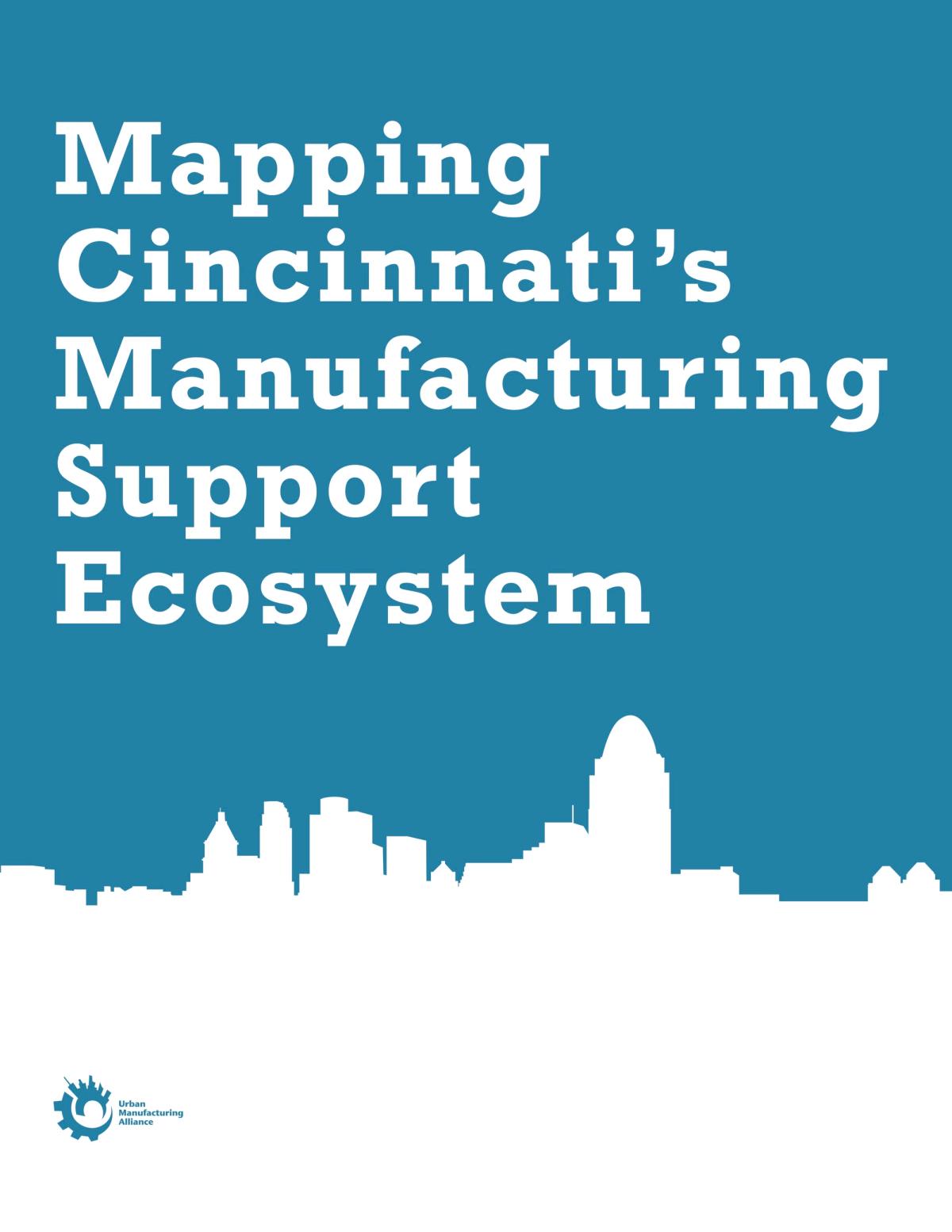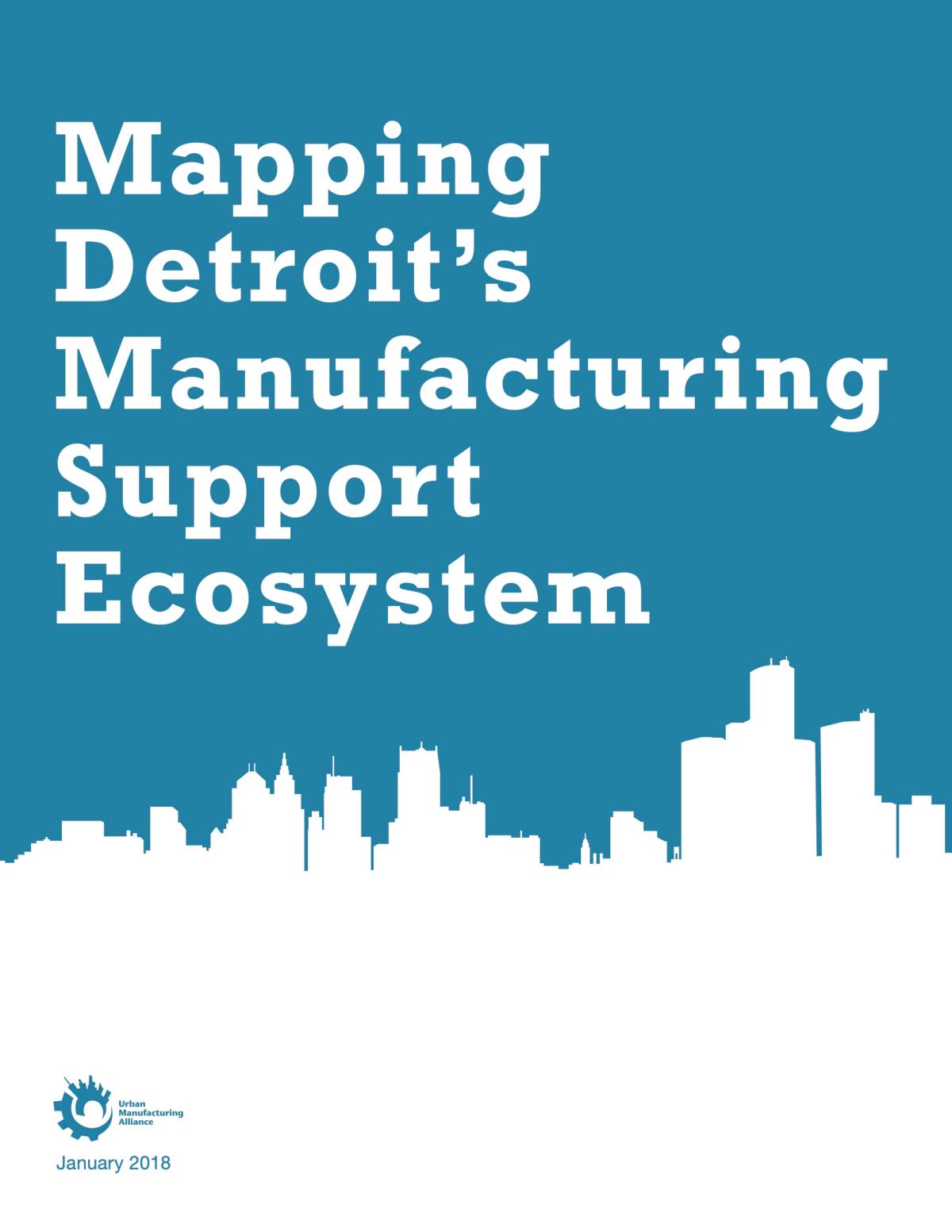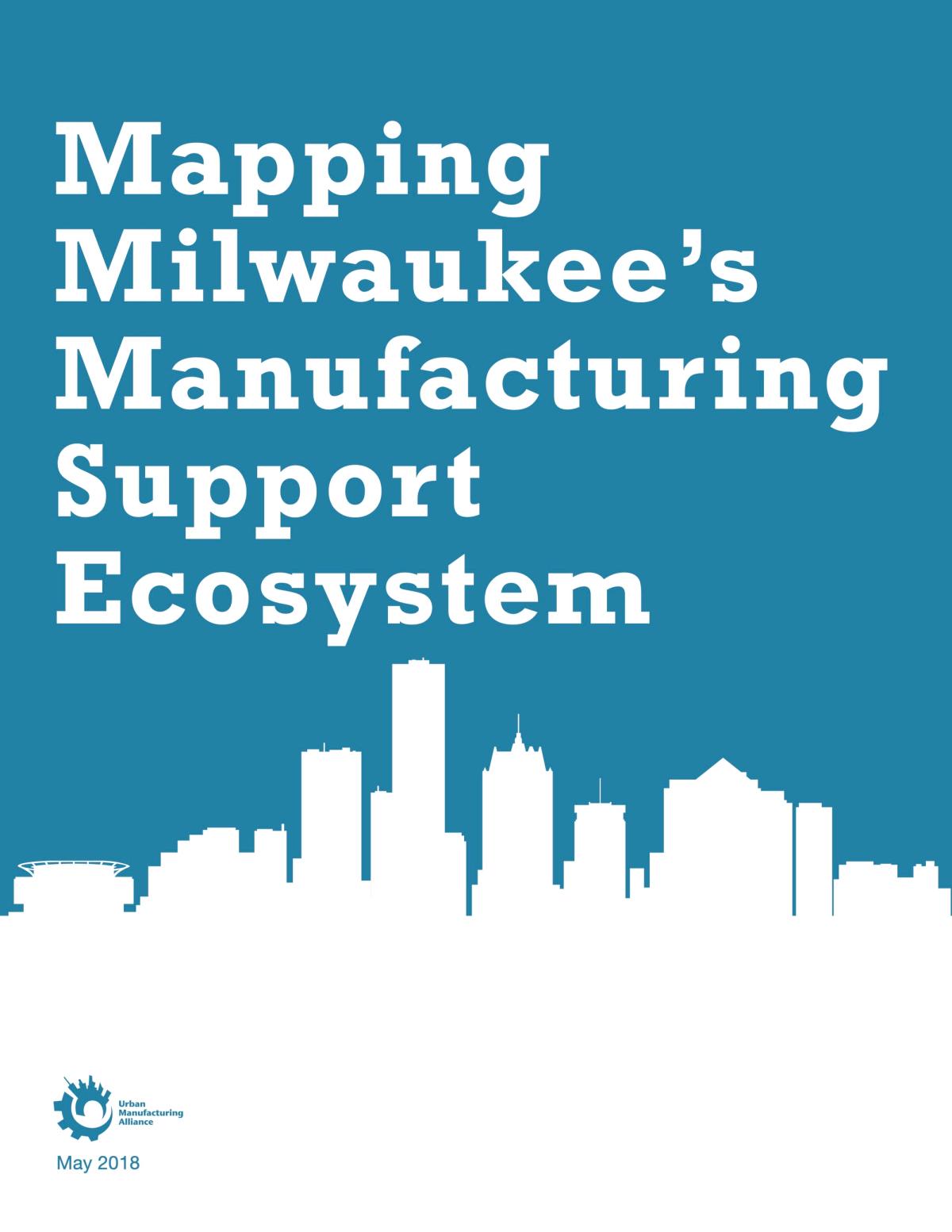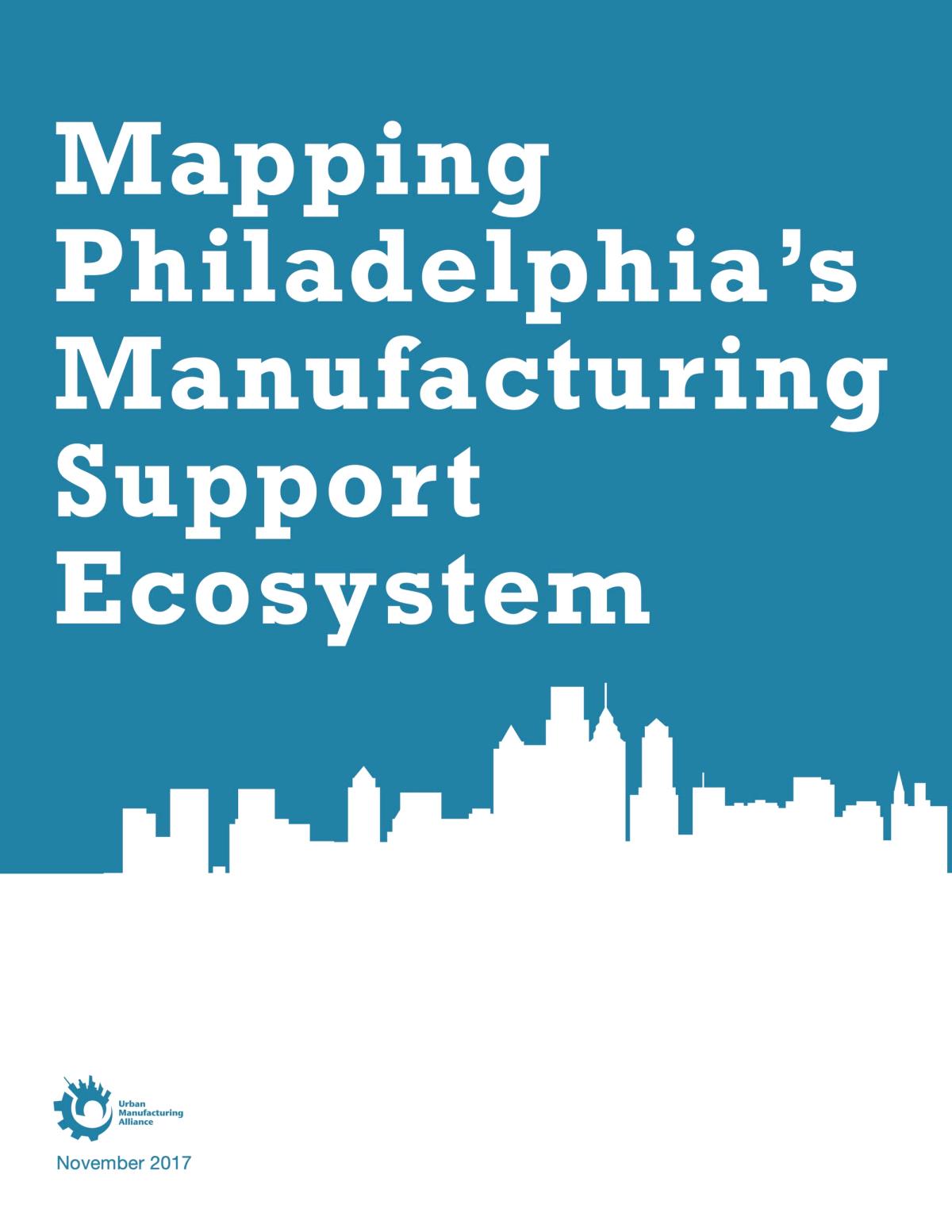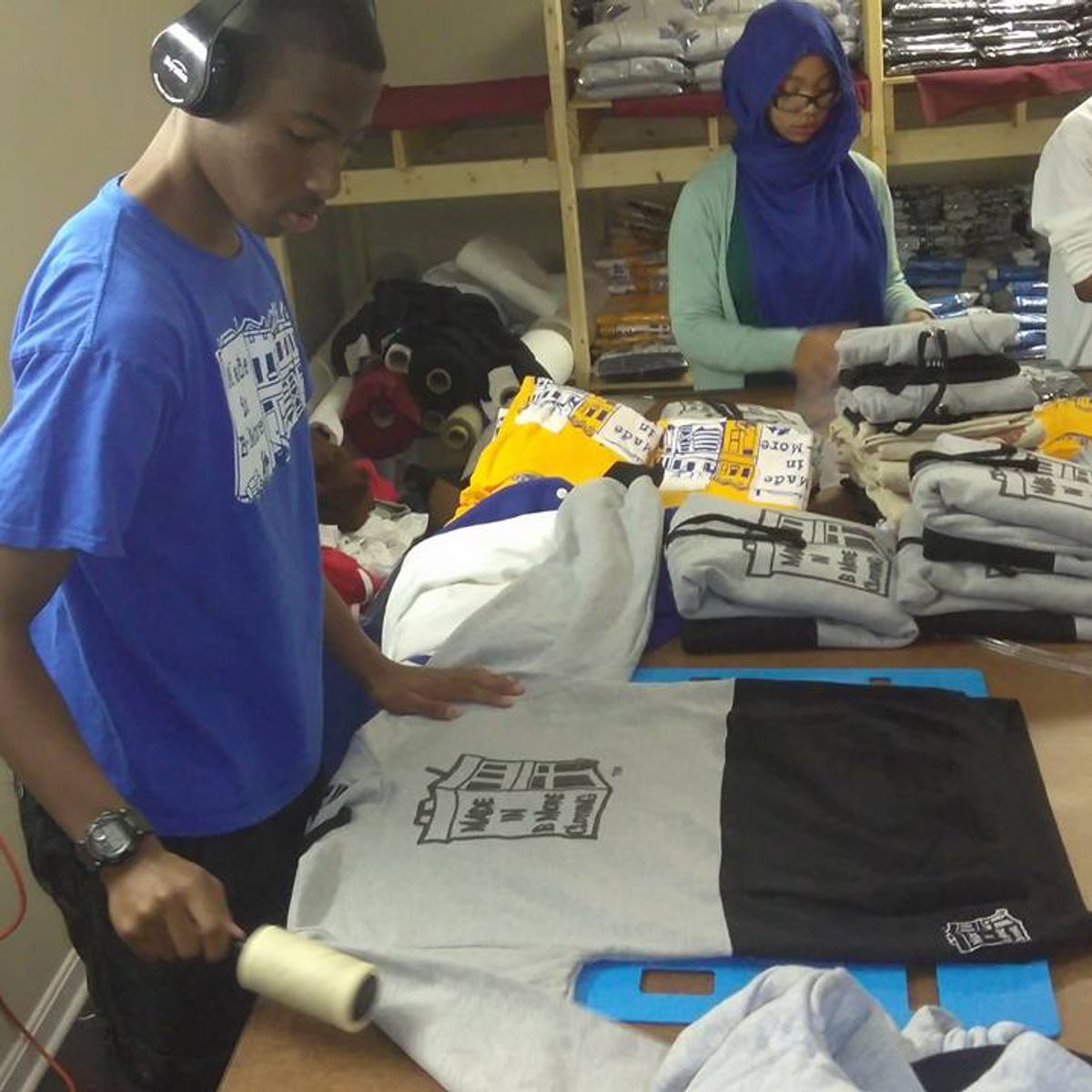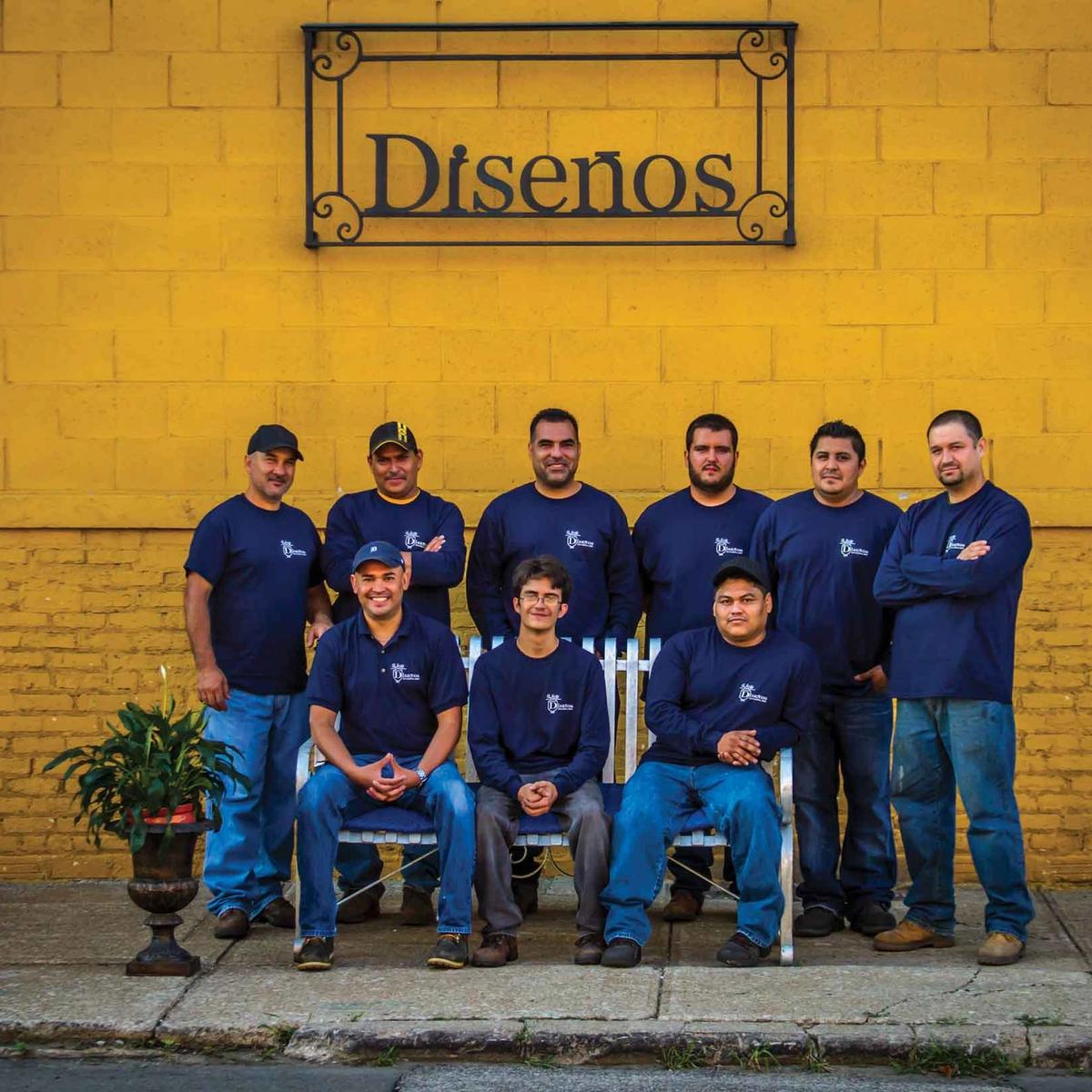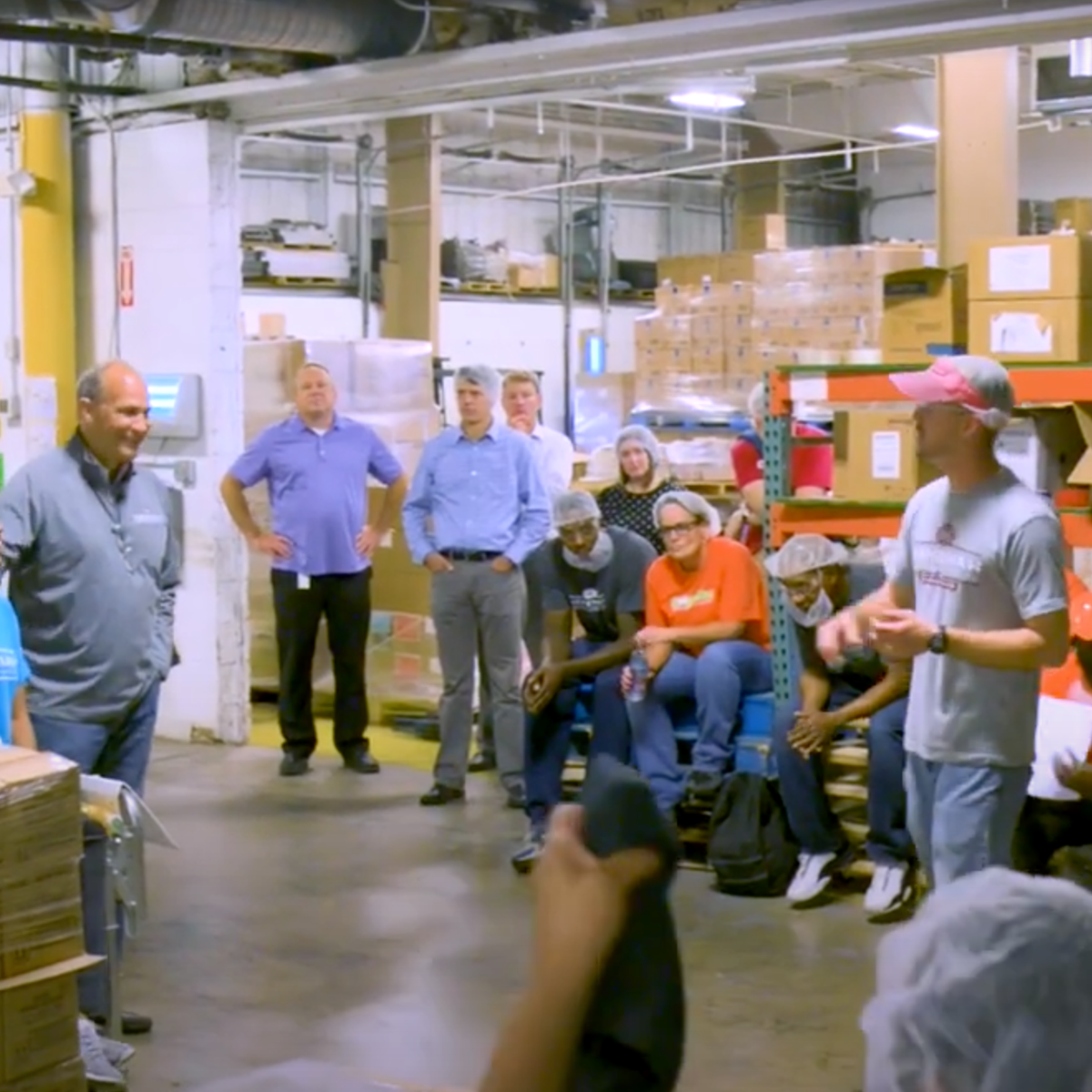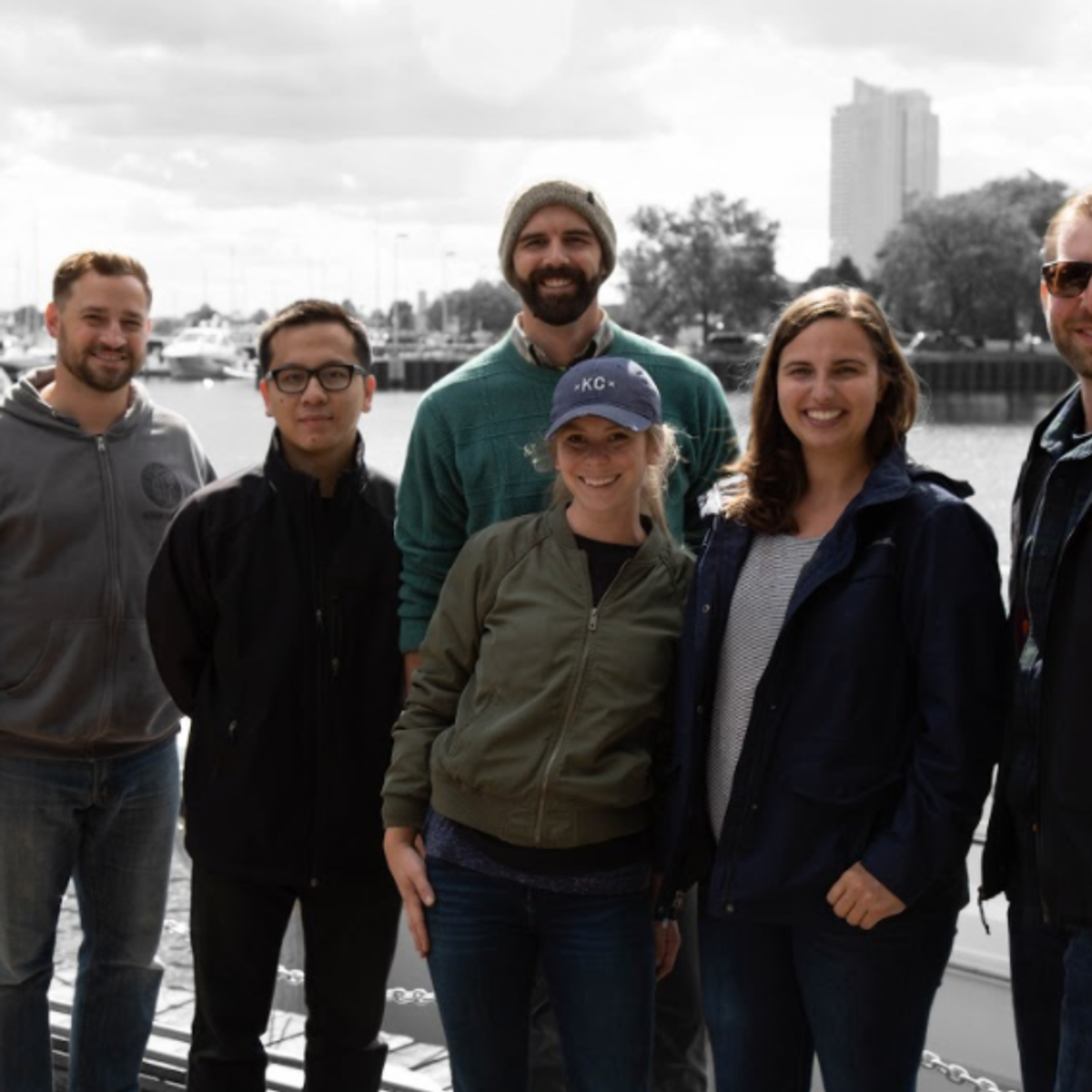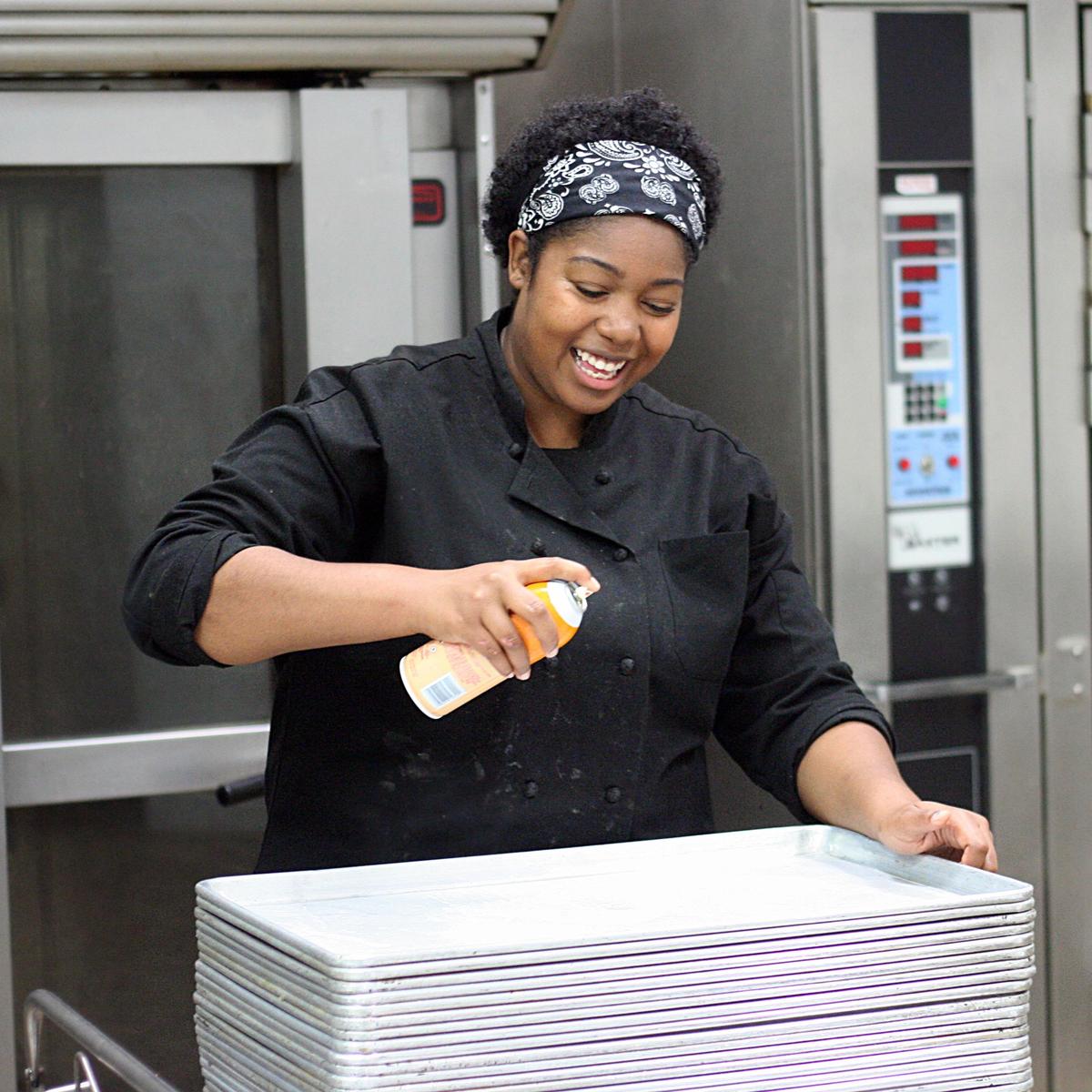Background
From the mid-2000’s to mid-2010’s, there was an oft-discussed, though not yet well-measured, increase in small-batch manufacturing. It was perhaps most noticeable in cities as concentrations of products and brands emerged that took advantage of the increased interest in all things “locally made.” But most of the evidence about small-batch manufacturing was anecdotal. So, it’s not surprising that in cities across the country—including practitioners in economic development, community development, workforce development, and real estate development, as well as chambers of commerce, lenders, and neighborhood nonprofits—told us they know remarkably few details about emerging smaller-scale producers and the role they play in their local economies.
Those businesses, which often combine design, art, and production in innovative ways, do not fall neatly into the data collection categories that government has used for generations to classify manufacturers. Economic development officials and other policymakers told us that they were left with a sense that something is happening, though weren’t entirely sure what or how to describe it.
The entrepreneurial spirit of these businesses’ owners and their workers—and the contributions they can make to the local economy—seem to hold promise for cities. However, the exact role and economic potential of these emerging businesses were poorly understood.







